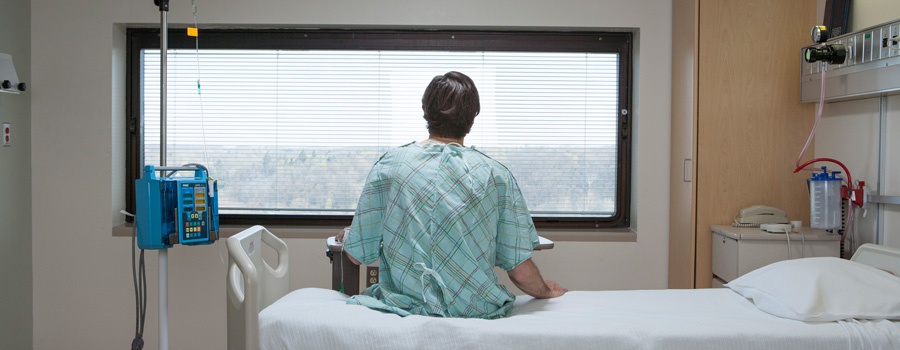Tag: Price
-

Analysis: Pulling Back Curtain on Hospital Prices Adds New Wrinkle in Cost Control
As President Donald Trump was fighting with Congress over the shutdown and funding for a border wall, his administration implemented a new rule that could be a game changer for health care. Starting this month, hospitals must publicly reveal the contents of their master price lists — called “chargemasters” — online. These are the prices that most…
-

President Signs Bills Lifting Pharmacist ‘Gag Clauses’ on Drug Prices
Earlier this week, President Trump signed two bipartisan bills into law that will allow pharmacists to tell patients they can save money on drugs by paying cash or trying a lower-cost alternative. At issue was the “broken” drug pricing system in the U.S. that was forcing patients to make decisions, which could have negatively impacted…
-

Medical Association Applauds U.S. Rep. Tom Price, M.D., for HHS Secretary
MONTGOMERY – The Medical Association of the State of Alabama applauds the nomination of U.S. Rep. Tom Price for secretary of the U.S. Department of Health and Human Services. “Congressman Price is a strong advocate for preserving the patient-physician relationship, which includes fighting for patients’ rights as well as preserving physician autonomy,” said Medical Association…